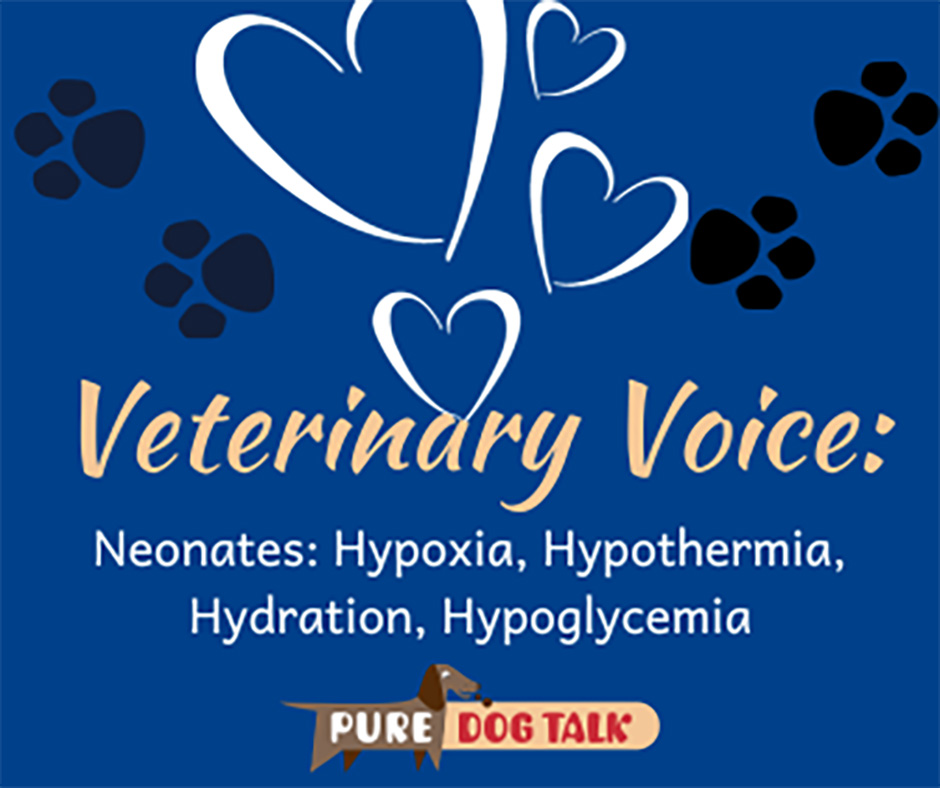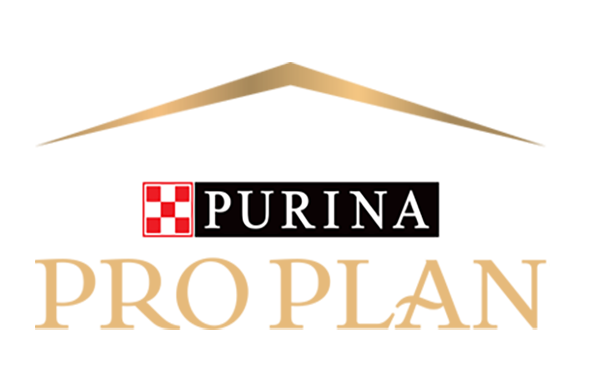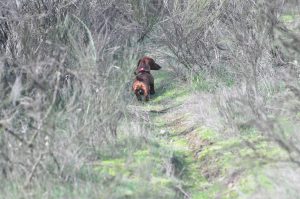614 – Neonates: Hypoxia, Hypothermia, Hydration, Hypoglycemia

614 – Neonates: Hypoxia, Hypothermia, Hydration, Hypoglycemia
Dr. Marty Greer DVM joins host Laura Reeves to talk about the four H’s that constitute critical care of neonates: Hypoxia, Hypothermia, Hydration, Hypoglycemia.
“The four H’s are hypoxia which is oxygen,” Greer said. “Hypothermia which is temperature, hypoglycemia which is glucose and hydration which of course is hydration or dehydration. So we’ve got those four parameters and basing the rest of the discussion on that, we can get started with some pretty important things that you can do at home to measure, to manage. It doesn’t do you any good if you can’t manage it. But collecting the data doesn’t do you any good unless you use the data.
Greer notes there is currently no good way to measure blood oxygen levels in puppies at home, but that physical indications will give you an accurate starting place.
“You can look at puppies and say, are they nice and pink,” Greer notes. “Do they have a curled pink tongue? Or is their tongue kind of grayish, blueish, a little bit flat? So curled pink tongue means you keep working even at one minute, five minutes of age, curled pink tongue with that curl to the edges, you keep going. If it’s gray and flaccid and you’ve got other puppies that need your help, set that one off to the side, keep moving.”
Greer recommends breeders consider investing in an incubator and oxygen concentrator. She advocates for the Puppy Warmer system in particular.
Well-hydrated puppies will have very pale yellow urine when stimulated with a clean cotton ball or tissue, Greer observes.
“For me, hypoxia is first,” Greer said. “For me temperature is second and then hydration is third. That’s my particular order. Hydration is very important but temperature in the immediate birth period, in that first hour after birth. Puppies come out wet… They come out without any oxygen in them, other than what they got from their mom. So, they’ve got to start breathing immediately, and they’ve got to stay warm.
“And so you want to get them born into enough absorbent material, like warm towels, that you can very quickly get the puppies dried off. Again, the incubator that Puppy Warmer has is a great place to put them for drying.
“I like heat sources under the puppies, under the bitch and under the puppies. I don’t like the ones that come from above. The ones from above, I have concerns about dehydrating the puppies. I have concerns about the bitch getting too warm and not wanting to stay with her puppies. I’m concerned (about fires) started with heat lamps. So, I’m really not a fan of the overhead heating.
This is the first in a planned series of episodes about neonates, their care and deep dives into the first hours of a newborn puppy’s life. Listen in for more today and BOLO the first Monday of every month for more from Dr. Greer.
KNOWLEDGE IS POWER — FRANCIS BACON
When you become a patron of Pure Dog Talk you’ll tap into an exclusive community of experts to help you and your dog be blue-ribbon best at whatever you do with your purebred dog! Your support helps keep the MP3's rolling at Pure Dog Talk!
As a supporter, you’ll immediately gain access to the weekly Pure Pep Talk SMS, Pure Pep Talk private Facebook group, and priority emails. Patrons can choose to level up to the After Dark Zoom and a Patrons Digital Badge for their website— even a private counseling session with Laura on any topic.

DON'T MISS AN EPISODE!!














